| Students are using their approved plans to build and test their obstacle courses! There are many parts of their obstacle courses that are showing the effects of balanced and unbalanced forces. Through the engineering design process, students are making sure they meet all of the criteria they intended to while working under time and materials constraints. Keep up the great work, third grade! |
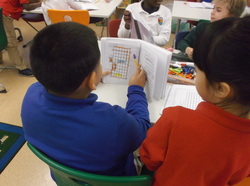 Communication is a very important part of an engineer's work. They must be able to share their ideas, offer critiques and insight, and work with others. Third graders have been teamed up with a partner to design their cotton ball obstacle courses. They'll be agreeing on which criteria they'll meet, how they'll design their layout making sure they're using balanced and unbalanced forces, and how to improve their ideas when they may or may not go the way they planned. Keep up the great work third grade! Third graders are beginning to use the Engineering Design Process as they begin brainstorming how to move a cotton ball through a self-designed obstacle course. Students must be able to show how both balanced and unbalanced forces play a role in getting the cotton ball to successfully meander through the course.
Students must make sure that their cotton ball moves in at least three of these ways: 1. Up or down a ramp. 2. Through a tunnel. 3. Move forward 5 blocks, then stop. 4. Have a force acting on it but not be in motion. 5. Around a corner. Check out some of the third graders' initial ideas for how they will meet these criteria within the given materials constraints. 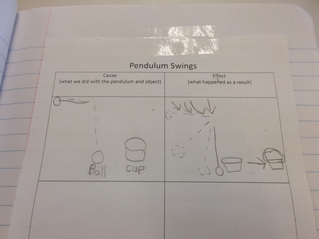 How can third graders show the effects of balanced and unbalanced forces? With some everyday materials, third graders are designing their own investigations with a simple pendulum as the source of their force. Students are seeing the effects of when the pendulum is released from a higher standpoint or from a lower one. They're also seeing what happens as the object in front of the pendulum changes. They're creating models to show all these effects. Check back as they uncover the effects of balanced and unbalanced forces! Third graders have connected the science and engineering practice of modeling with a core idea of forces! Check out their awesome work, which showcases how difference forces can have different effects on a ball's motion!
With simple materials, third graders are working on the practice of modeling to show how forces can affect objects differently.
How can we move a ball faster? Slower? To the left? To the right? We're exploring all these questions and representing them in various models. Remember that most models contain labeled diagrams and an explanation of what is happening. After third graders tested the forces needed to lift different objects in the classroom, they started to see any patterns that emerged. Do heavier objects need more or less force to lift? How does the number of Newtons needed to lift it give us information about how heavy/light the object is?
We're drawing conclusions from our data AND writing about it, using a cause and effect sentence stem: If ________________, then ________________. Check out the work in some third graders' notebooks! So how exactly do you measure a force?
With a ruler? Nope. That's for measuring length. With a stopwatch? Nope. That's for measuring time! With a balance? Nope. That's for measuring mass. With a Newton meter? Why yes! And we measure force in Newtons (N). Third graders are practicing using Newton meters. Using a Newton meter will help them calculate the net force in various situations where more than one force is acting on an object. 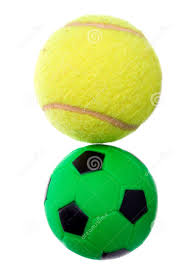 Mrs. Brinza's side job involves writing songs...okay, not really! But there's always a chance she'll write a song to help kids remember important content! So to remember all the ways in which a force can affect an object, she wrote a song to the tune of "If You're Happy and You Know it!" Here it is: A force is a push or a pull! (Clap 2x) A force is a push or a pull! (Clap 2x) It can can an object to move or stop, Speed up or change direction! (Clap 2x) Third graders are identifying ways in which forces cause changes all around them. We played a simple game with a tennis and soccer ball to discover these concepts and are creating ways to show how these same ideas confront us in our everyday lives! Check out the work from their journals below. They found ways in which forces can affect all kinds of things! 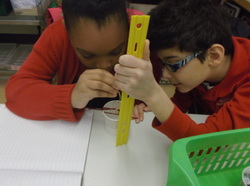 With one force-based experiment under their belts, third graders are designing a second investigation that can help support claims they made regarding forces and heavy objects. Using a rubber-band attached to a cup, a ruler, and some nuts, third graders are gathering quantitative data to support their claims. Will it take more or less force to lift a heavier object? Let's gather the evidence! We will be practicing our measuring skills, too! Check out some of the third graders' conclusions regarding their experiments! Our focus was using the data to support our reasoning. Awesome job third graders!
|
Mrs. BrinzaUnique fact! Some rocks have magnetic properties. Archives
June 2015
Categories |
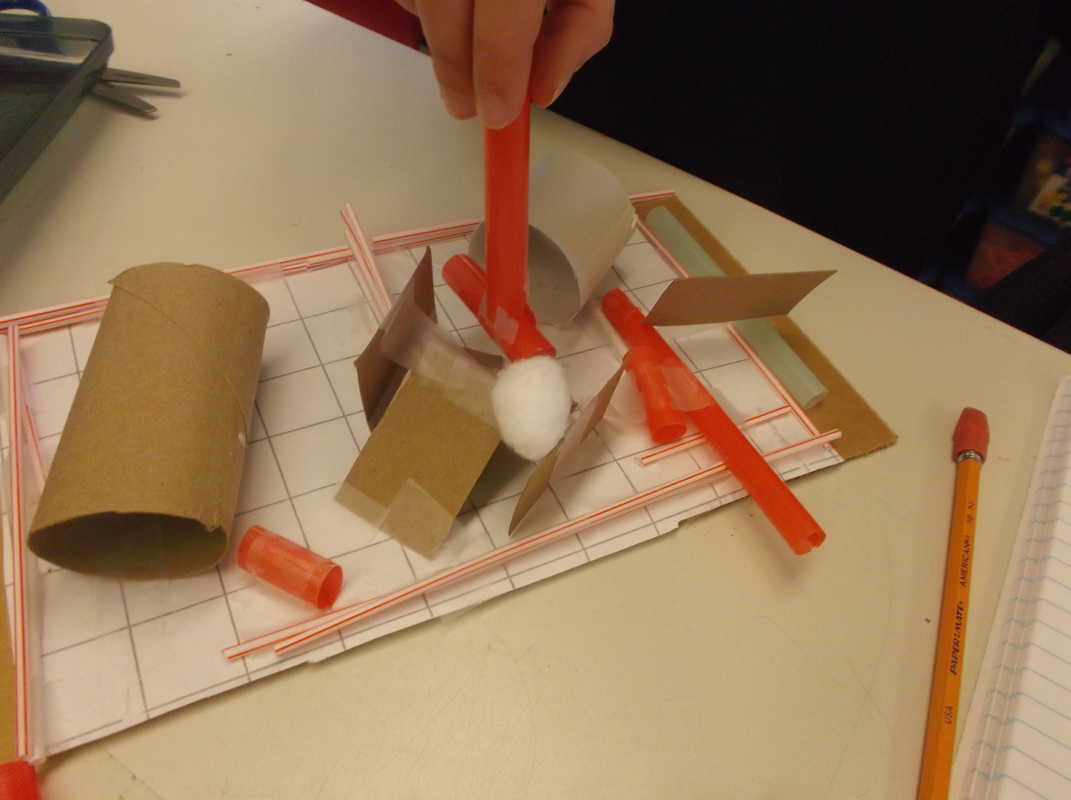
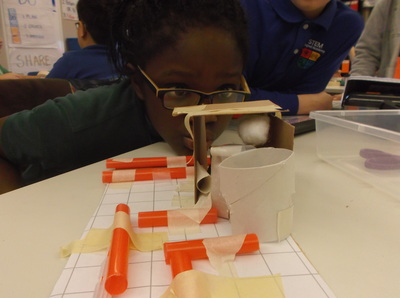
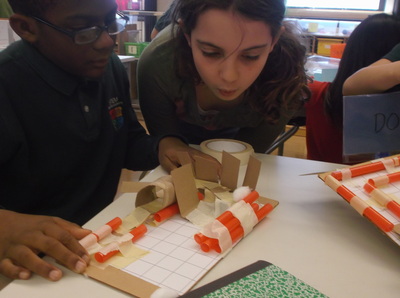
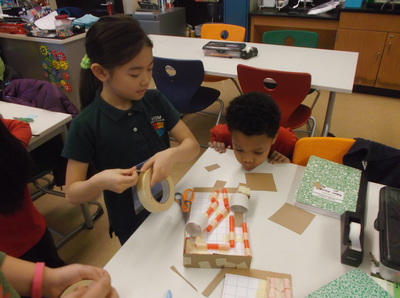
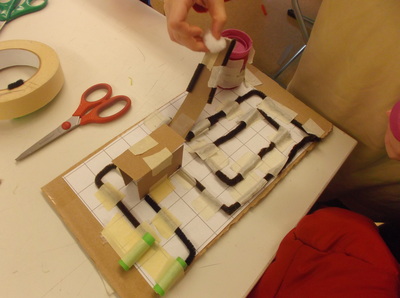
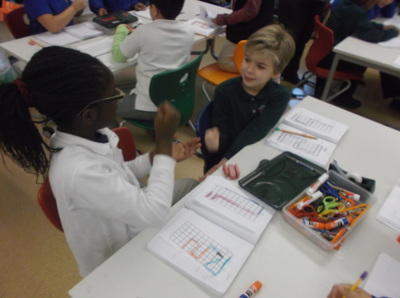
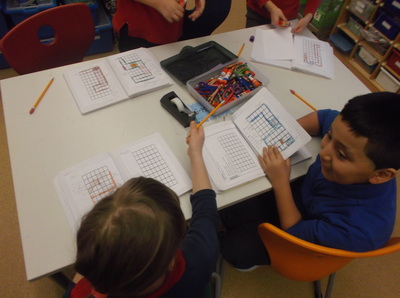
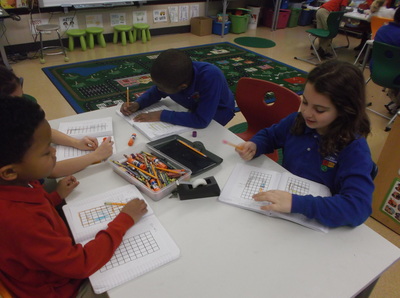
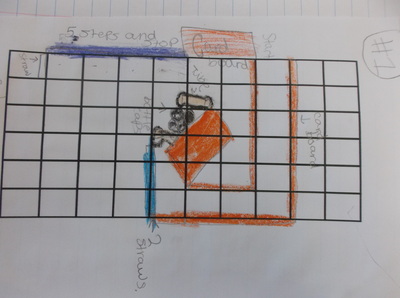
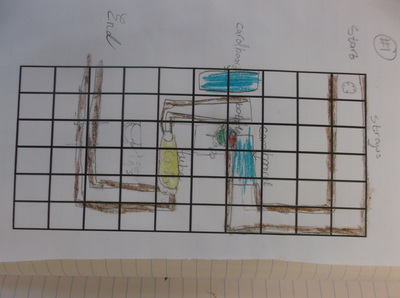
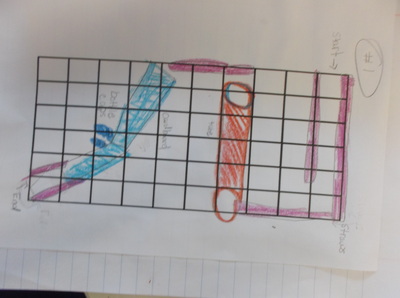
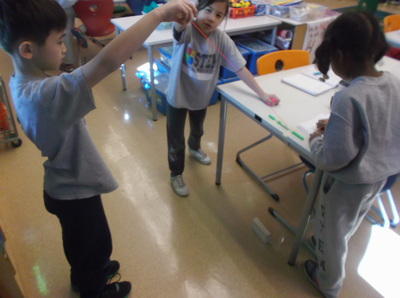
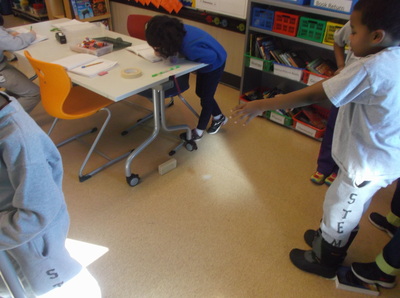
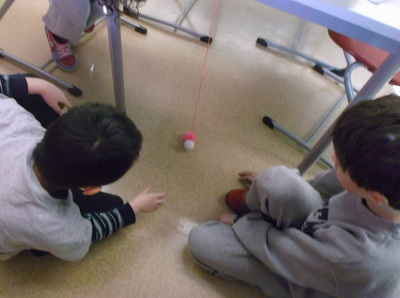
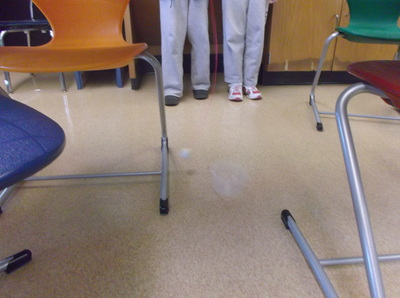
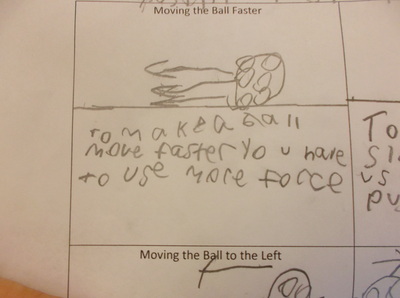
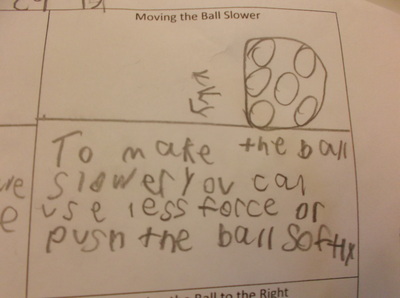
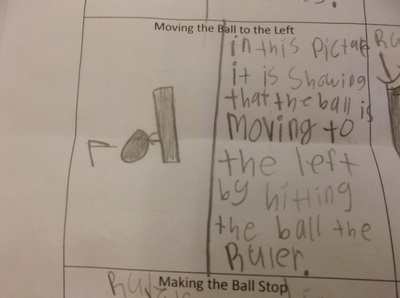
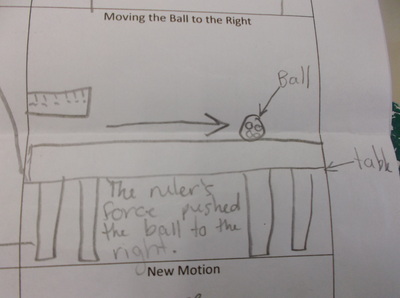
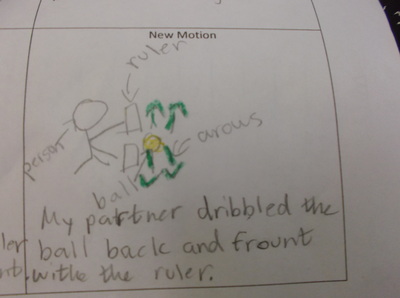
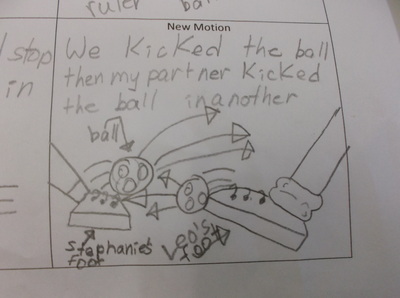
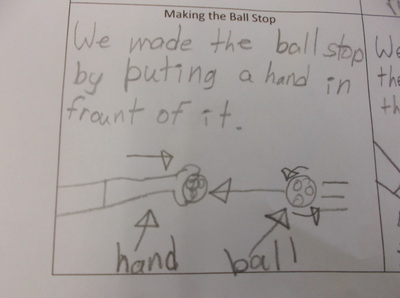

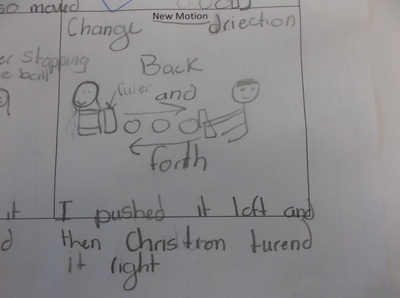

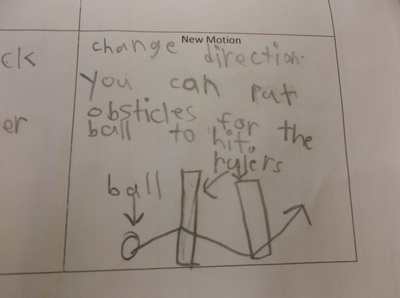
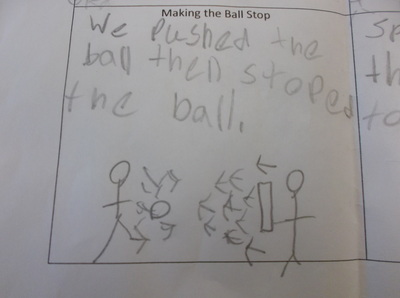
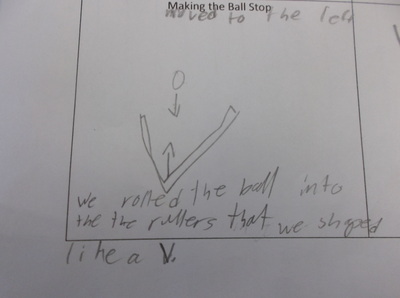
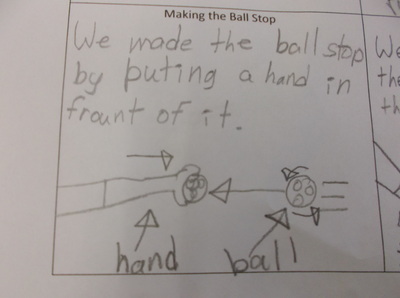
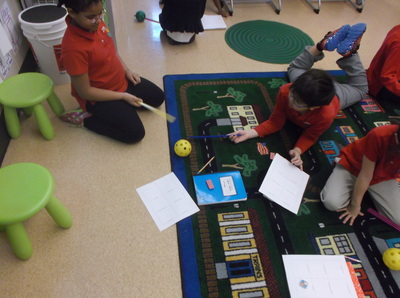
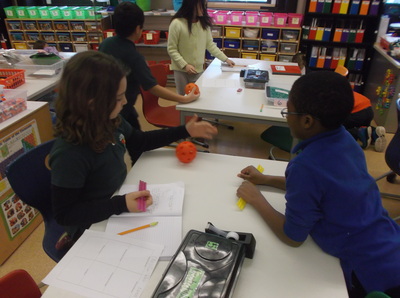
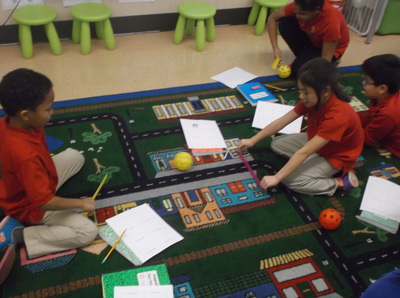
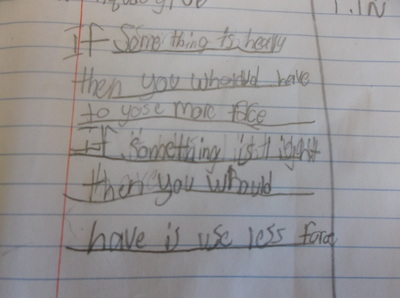
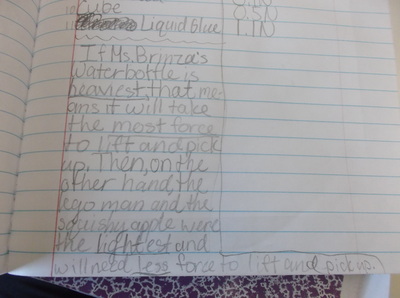
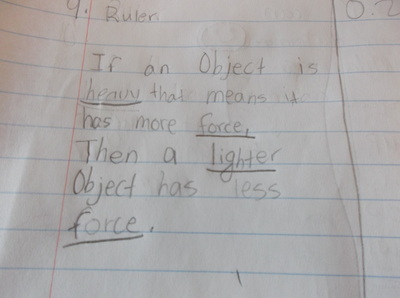
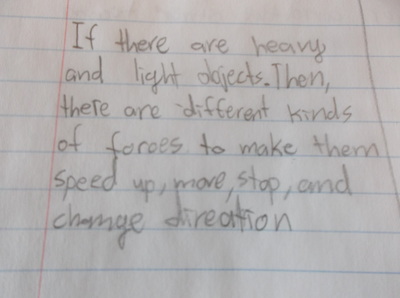
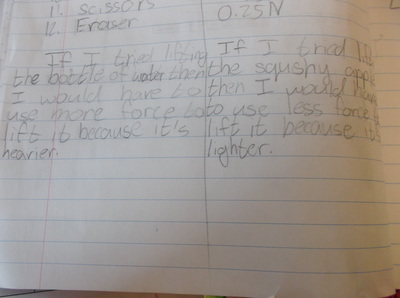
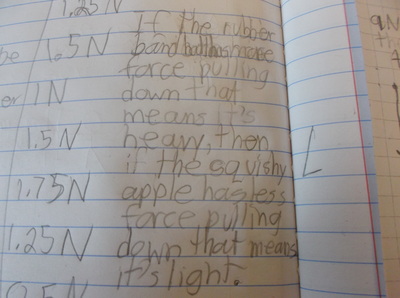
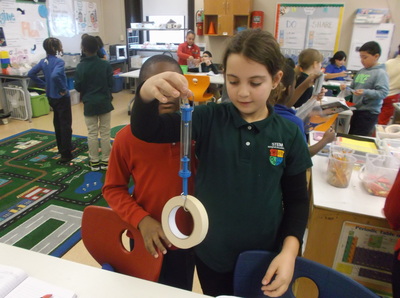
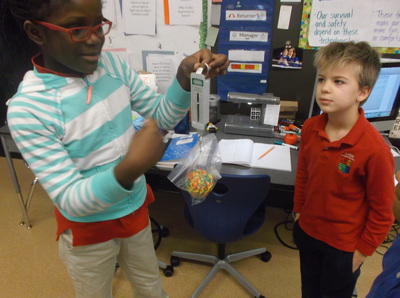
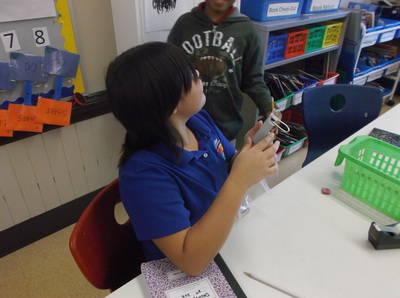
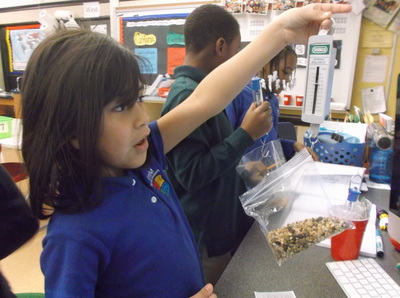
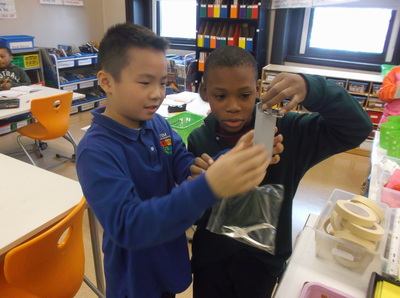
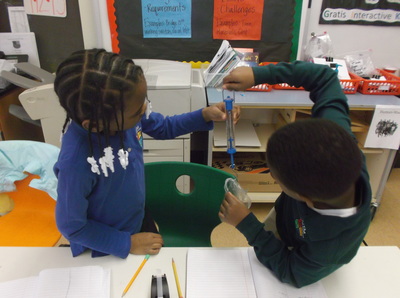

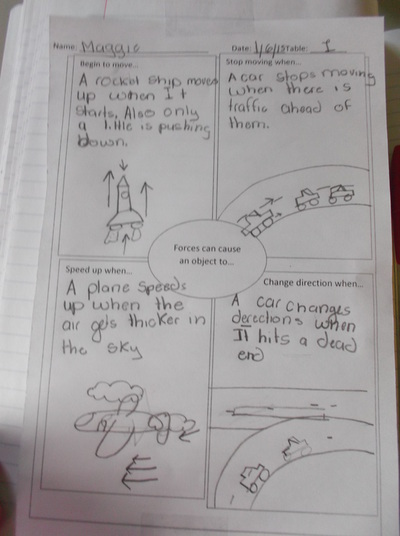
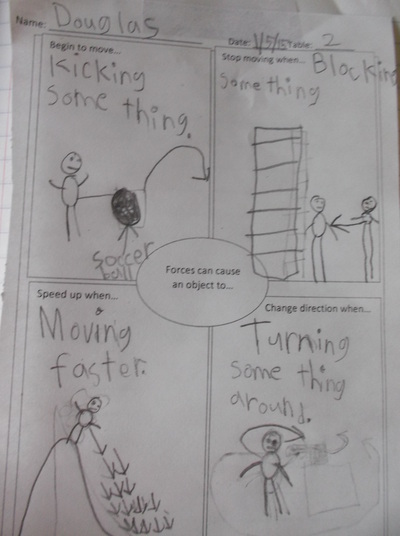
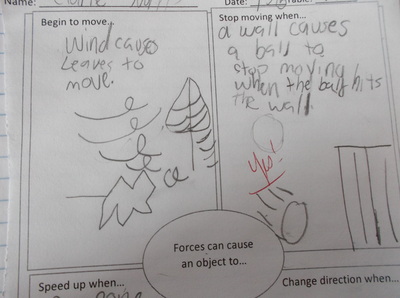
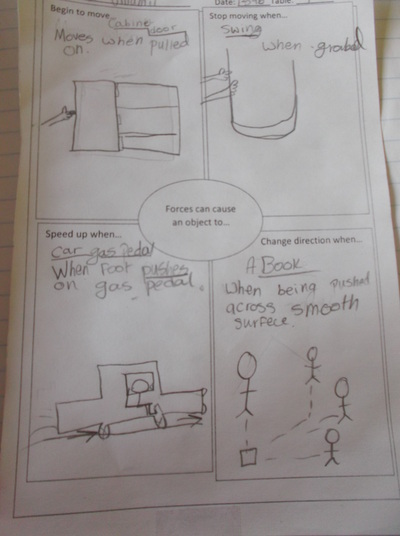
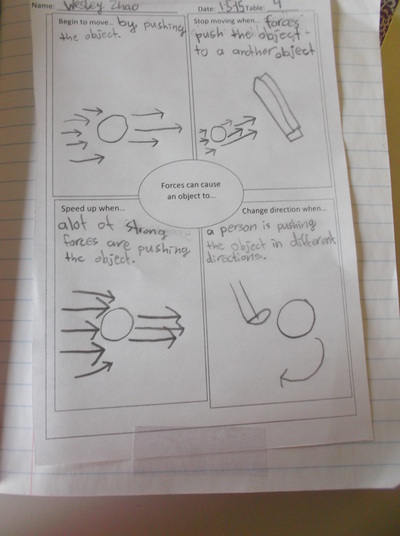
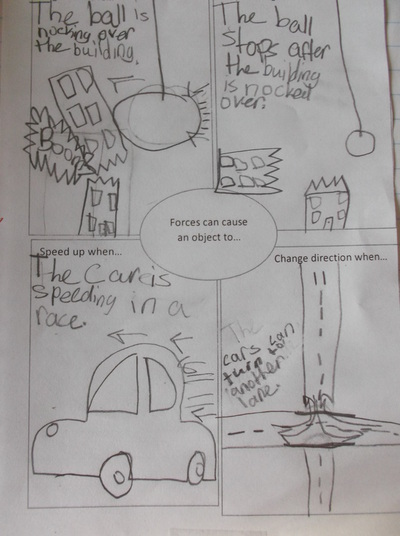
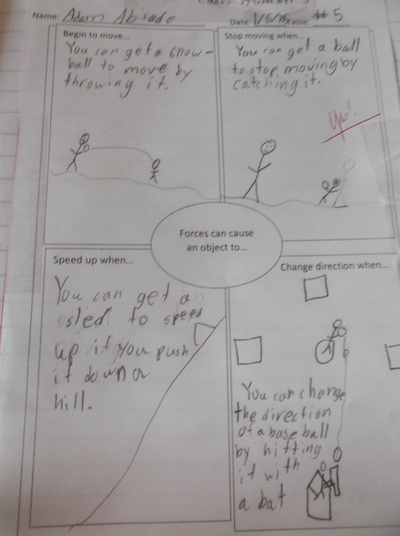
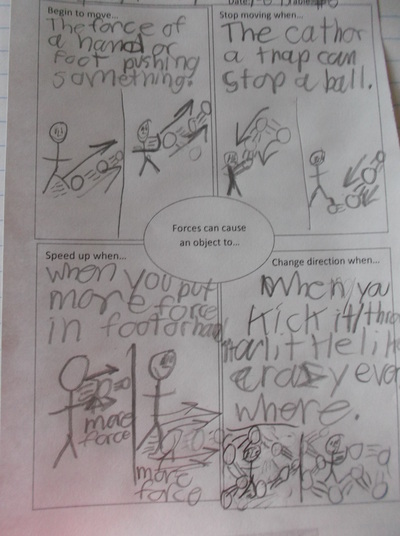
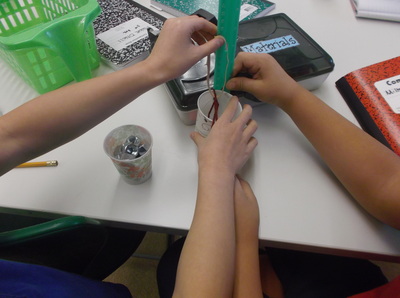
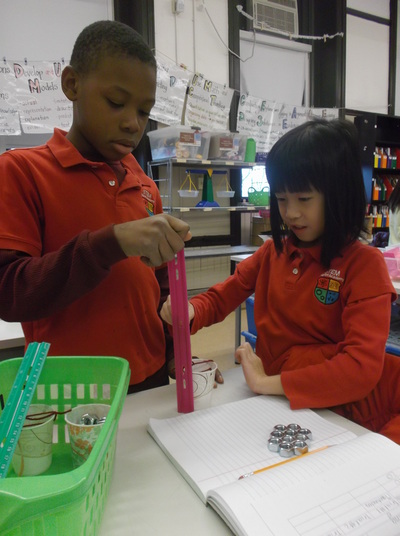
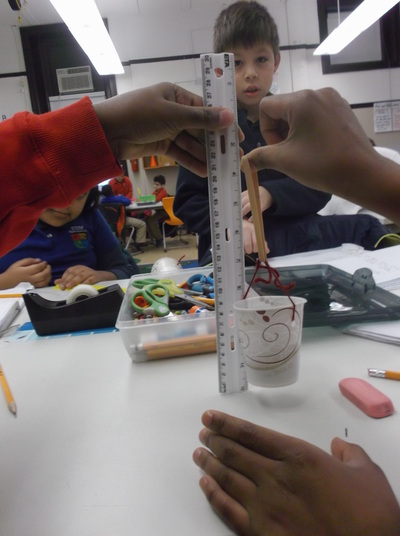
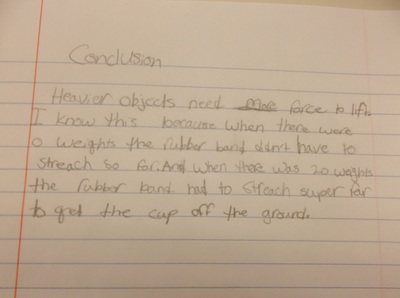
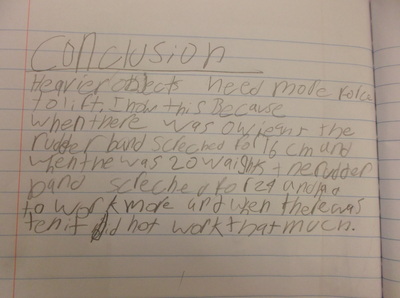
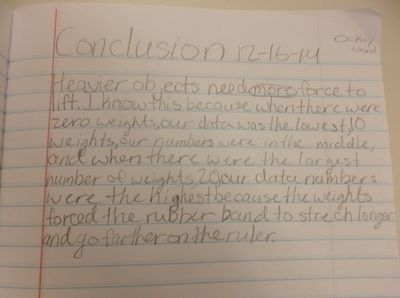
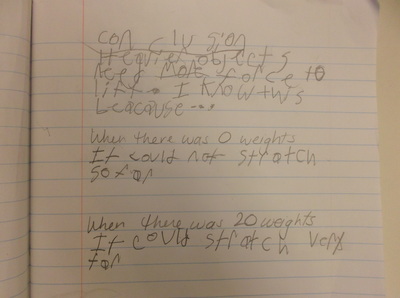
 RSS Feed
RSS Feed